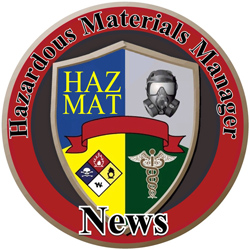Archive for NIOSH
Oil and Gas Workers Count
Most-viewed NIOSH Products of 2022
Safety Intervention Grant Programs Can Be Effective in Preventing Workplace Injuries
Law Enforcement Appreciation Day
Researching Risk of Birth Defects Among Children of Male Firefighters
The Availability and Validity of Information on Children Exposed to the 9/11/2001 Disaster
And to All a Safe Flight: Transportation Safety Tips for Santa
Ergonomics Tips for the North Pole
Workplace Supported Recovery: New NIOSH Research Addresses an Evolving Crisis
Driving Safety Tips to Keep Your Employees Safe this Holiday Season
Protecting Temporary Workers: Best Practices for Host Employers
Promoting Partnerships to Explore the Impacts of Technological Change on Work and Well-being
Worker Well-being Takes Center Stage: Fireside Chat with the U.S. Surgeon General
The Risk of COPD is Increased for Workers in Certain Industries and Occupations and with Certain Occupational Exposures
NIOSH Rising Stars
Total Worker Health® Symposium: A Closer Look at Keynotes
Scientific Peer Review During the Pandemic and Beyond: Changes, Benefits, and Impacts
Taking Action on Health Equity: A Tale of 2 Clinics
Workplace Lead Exposure Trends
What do home renovations, bullet manufacturing, and battery recycling have in common? You could be exposed to lead while working with materials used during these activities.


